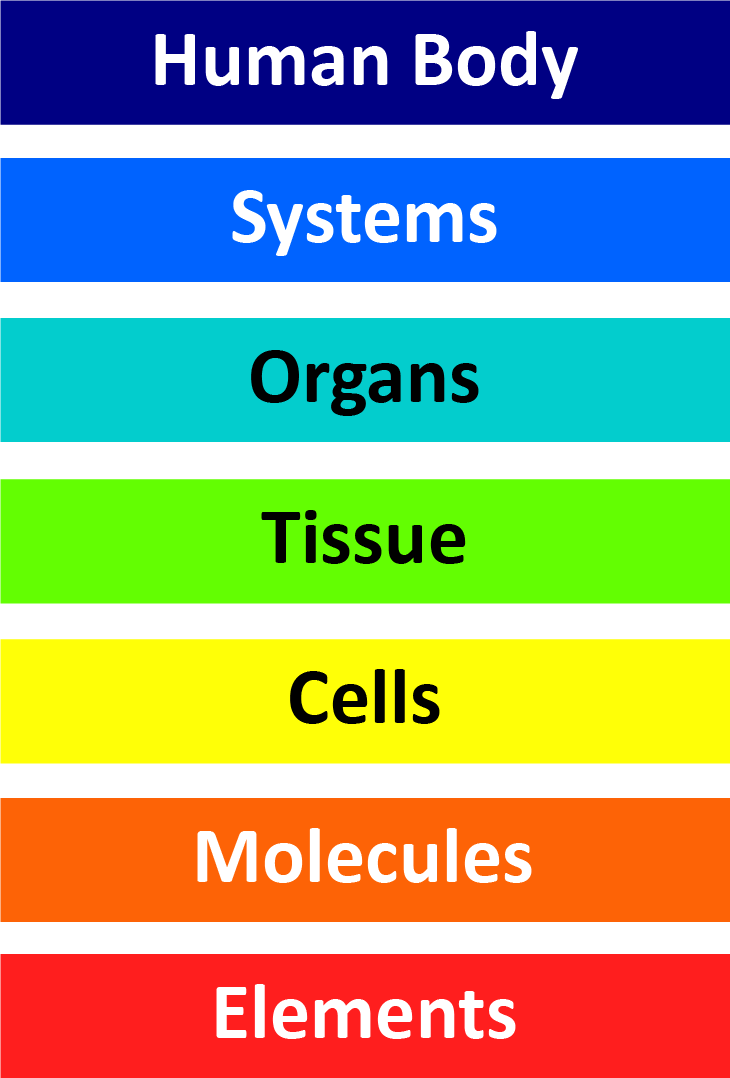
In this short video, Taron, one of the scientists at Hardy Nutritionals® discusses the structure, function and organization of the human body from a nutritional standpoint.
The human body is organized into seven unique layers of structure and function. The first layer is the molecular level, also known as the elemental level or atomic level. Examples include oxygen, nitrogen, potassium, calcium, and carbon. These elements interact to form the next layer of structure and function, which is the
molecular level. Similar to the elements, molecules have their own unique chemical properties,which can be as simple as water or as complex as enzymes or DNA.
All of the body's systems work together as each level of structure and function supports the next. Therefore, if there is something wrong with the organism, we can usually find something wrong with one of the systems, and thereby find something wrong with an organ. If there is something wrong with an organ, there's usually something wrong with the tissue and with a cell. When there are cellular issues, it's typically because the cell isn't getting the elements that it needs in order to function properly.
Another example of this might be a genetic issue where a segment of the DNA doesn't read properly or isn't arranged properly, and so there's a deficit that affects the whole organism. From a nutritional standpoint, if you are feeding the elemental level absorbable vitamins and minerals on a regular basis, you are providing support to the overall structure and function of the cell. This in turn supports the structure and function of the entire body and every system within it.
Here's the beautiful thing about nutrition, especially when it comes to essential elements: When you get all the things that you need, your whole body can be healthy and strong and function well.